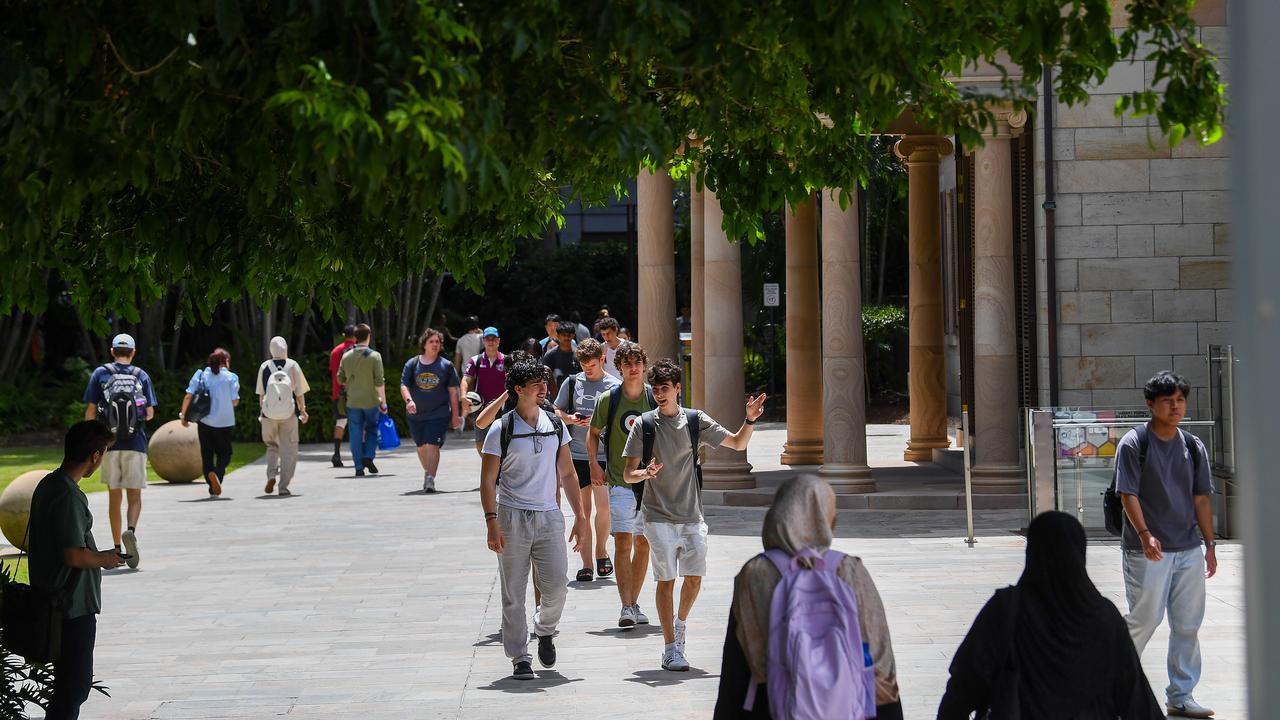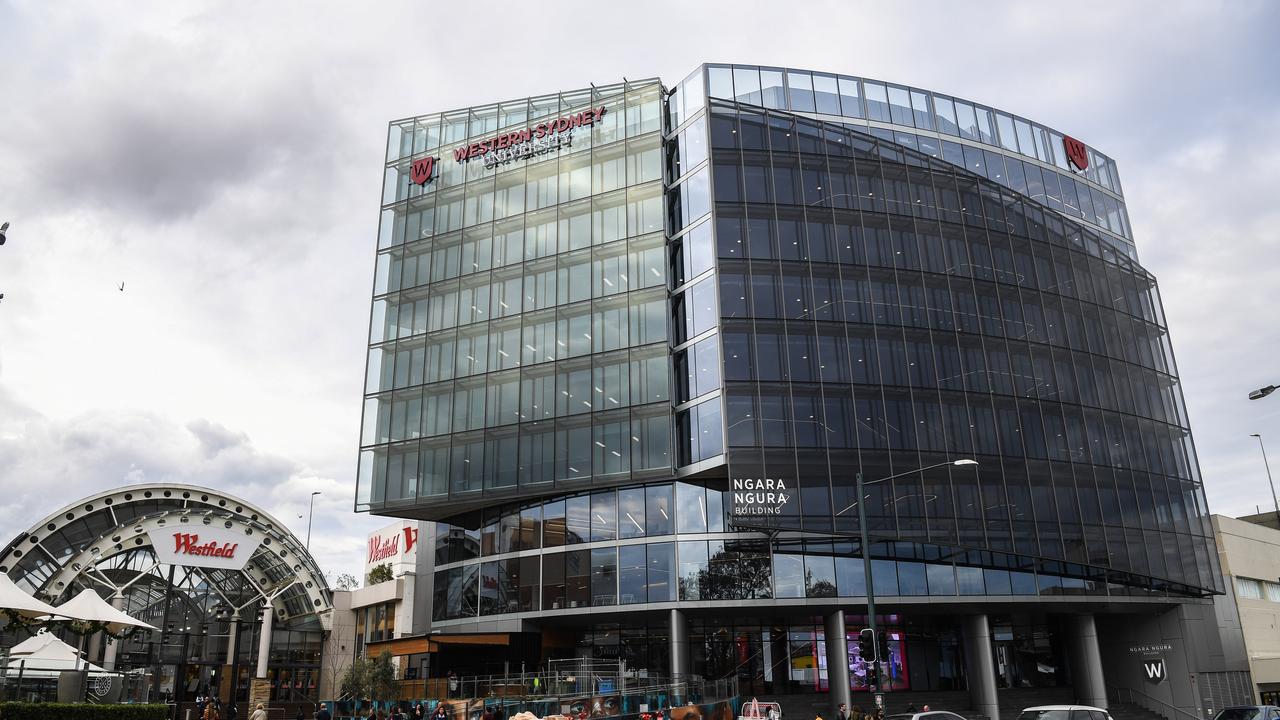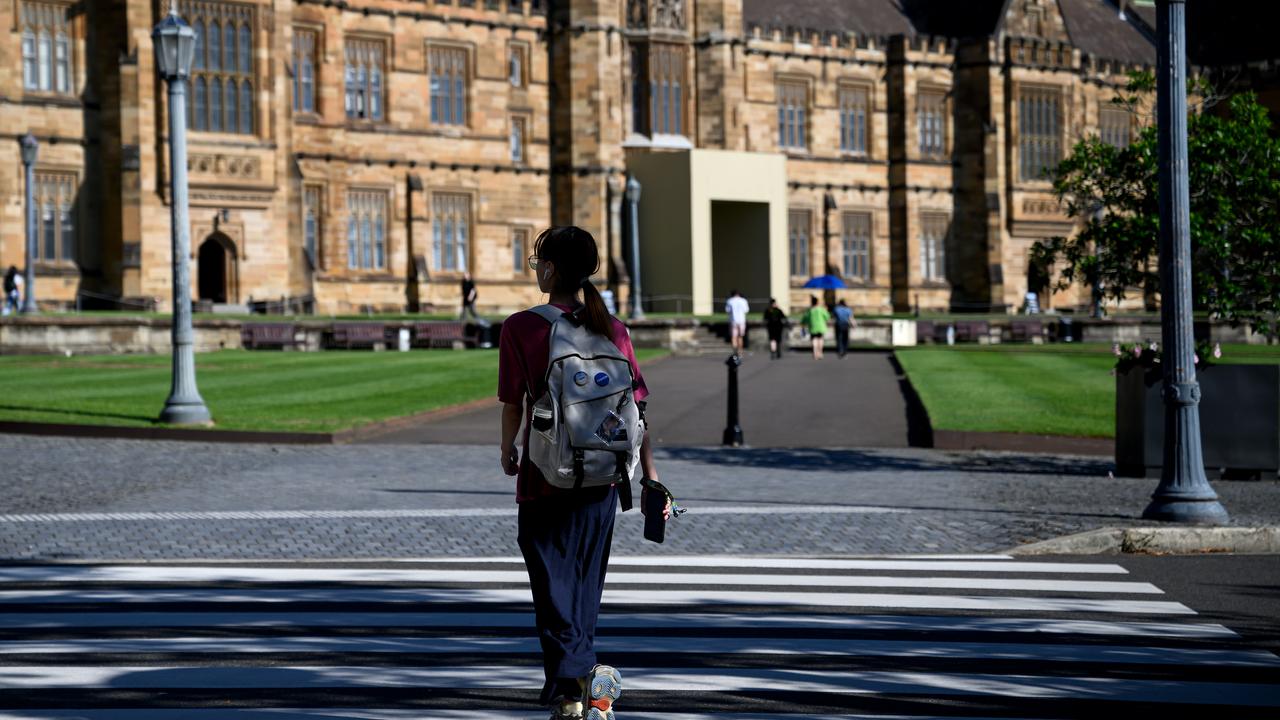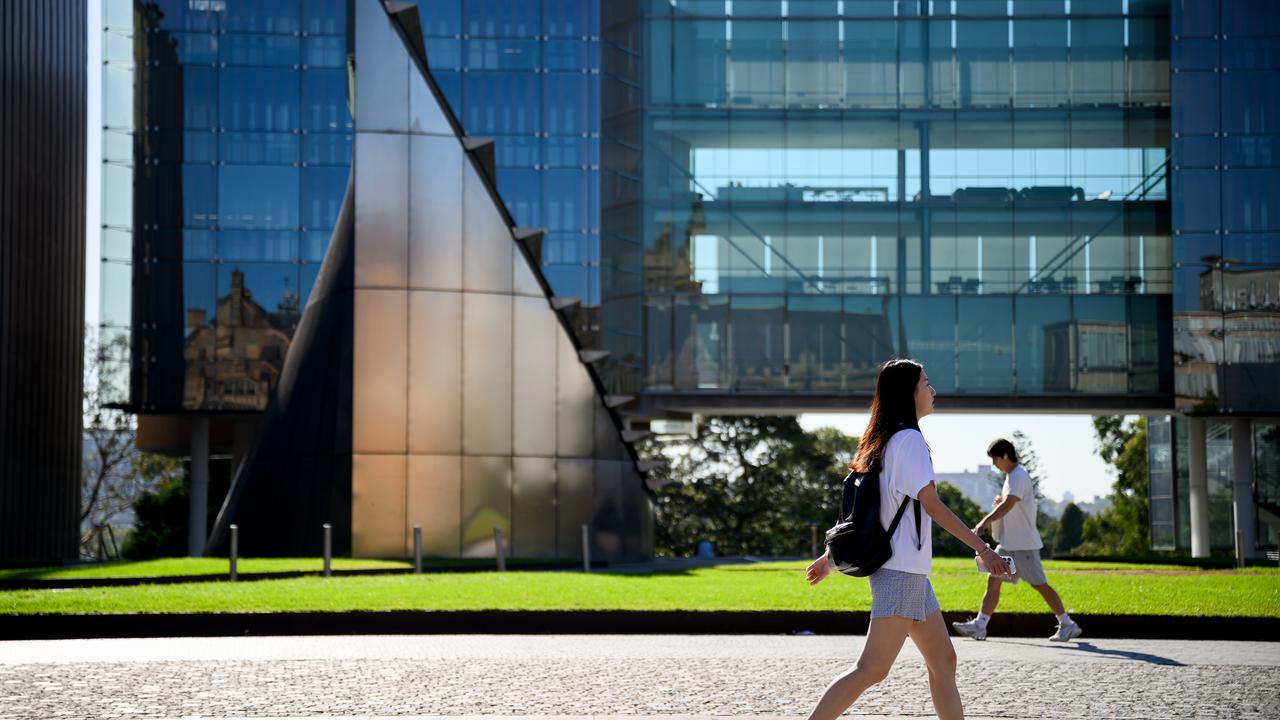
A major university boss has lambasted the tertiary sector for becoming too bloated, failing students and losing sight of its purpose to serve the public good.
The sector had become a two-track system, with record profits for some and large deficits and job losses elsewhere, Western Sydney University vice-chancellor George Williams said.
WSU is among six of NSW’s 10 universities undergoing restructures the union estimates puts 1500 jobs on the line.

“There’s a misalignment on what universities should be delivering and management structures,” Professor Williams told ABC Radio on Friday.
“We should be judged on what we deliver to our students first and foremost.”
The constitutional lawyer who was a pivotal figure in the failed voice referendum defended the use of hiring a trio of consultants for $3000 a day, saying it ultimately defrayed some job redundancies.
Prof Williams noted satisfaction among his institution’s 47,000 students was low, with many reporting they went hungry.
“The $51,000 arts degree is just so unfair and wrong for a group that often earns the lowest salaries,” he said.
“Then we’re loading them with debt and then they can’t afford a house. They’re not getting a fair go.”

A NSW parliamentary probe began on Friday to examine the sector, including a reliance on external consultants.
It runs parallel to a Senate inquiry due to report in December on university governance, including compliance with workplace health and safety laws.
The workplace safety regulator in September took the unprecedented step of forcing the University of Technology Sydney to pause plans to cut 400 jobs in the hope of saving about $100 million.
About $66.9 million in federal funding will be used to set up study hubs for aspiring students from regions and outer suburbs of major cities.
They will have a chance at going university through an extra 9500 places.
The additional places will be allocated for 2026 by the Australian Tertiary Education Commission and will mark 4.1 per cent growth on 2025 numbers.

Nine in every 10 new jobs will require post-secondary qualifications over the next decade, with almost half through vocational education pathways.
Education Minister Jason Clare noted that half of people in their 20s and 30s in Australia have a degree, but numbers were lower in the outer suburbs and regions.
“Opening the doors of our universities wider to more people from the suburbs and the regions isn’t just the right thing to do, it’s what we have to do,” he said.
The hubs provide computers, internet and study spaces, along with in-person academic skills support for students.
Another seven of the hubs will be opened before the end of the year in Fairfield and Liverpool in NSW, Northam in WA, Beenleigh in Queensland, Kangaroo Island in SA, Sorrell in Tasmania, and Norfolk Island.
The government is also funding free TAFE places, committing to at least 100,000 spots every year from 2027.